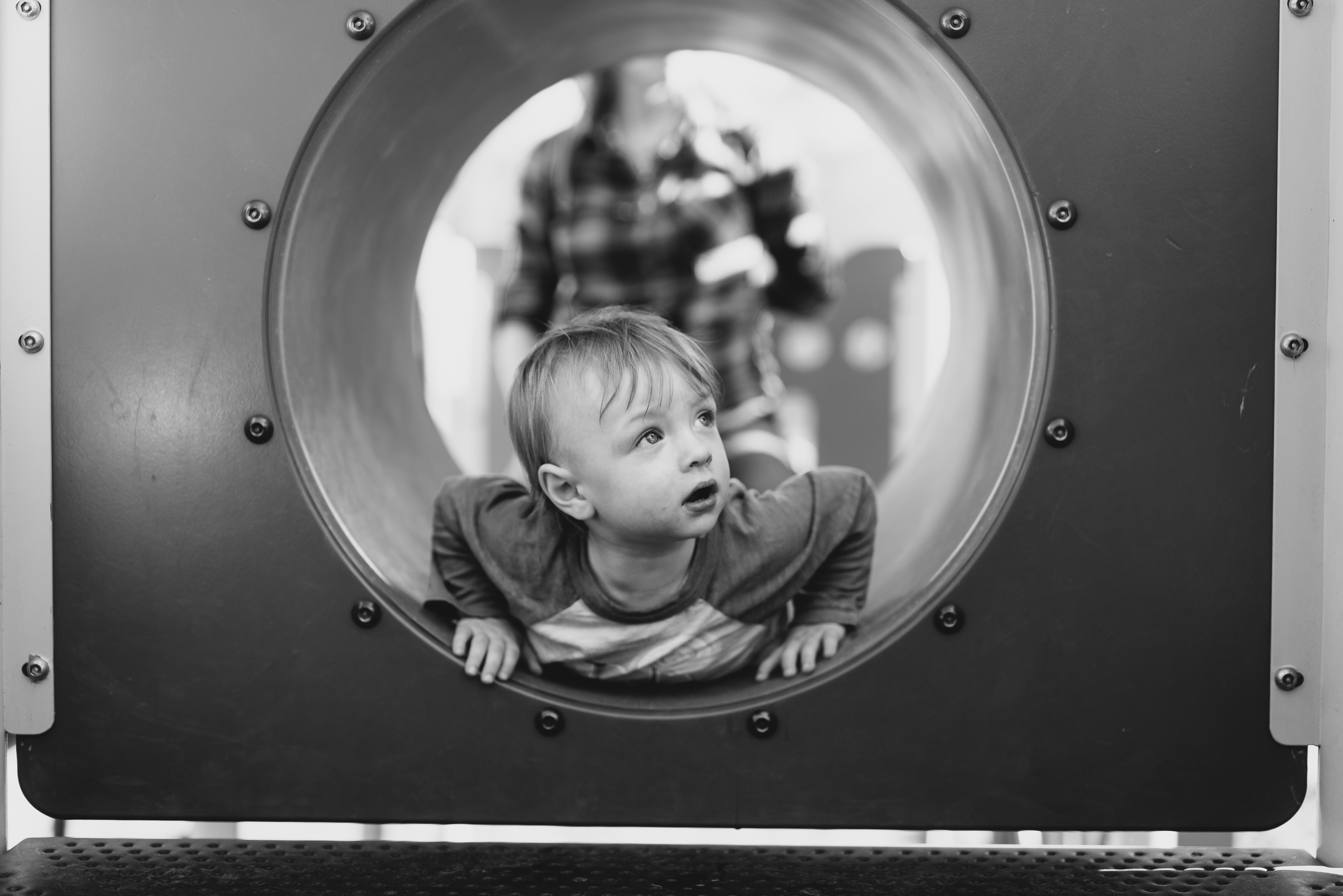We all know that curiosity i.e. Desire to know is essential to learning anything. I discussed in my earlier article how curiosity could be that one thing that can transform the education. This argument might sound intuitively correct but are there evidences to support it and how can it be practically implemented. With these two objectives, I am exploring available research around and then add it up with few experiments.I recently went through 2014 research paper States of Curiosity Modulate Hippocampus -Dependent Learning via the Dopaminergic Circuit by Matthias J. Gruber, Bernard D. Gelman and Charan Ranganath.
In that research, functional magnetic resonance imaging (fMRI) was used to investigate how curiosity (intrinsic motivation to learn) influences memory. The objective of research was to address three critical questions:
1. Is curiosity associated with activity in key brain regions that are responsive to extrinsic motivation?
2. What are the neural mechanisms that promote the influence of curiosity on learning?
3. Most importantly, does a curious state enhance learning of incidental material, and if so, what are the brain areas that support curiosity-related memory benefits?
The Experiment:
The way experiment was designed was such that
1. First, each participant rated his/her curiosity to learn the answer to a series of trivia questions.
2. The participant anticipated the associated answer during a 14 s delay.
3. During this anticipation period, the participant incidentally saw a face.
4. After this participants performed a surprise recognition memory test for the faces that were presented during the anticipation period, followed by a memory test for the answers to the trivia questions.
Results:
Researchers first compared recall rates for answers to trivia questions associated with high and low curiosity. Participants recalled significantly more answers to high curiosity questions compared to low-curiosity questions. This confirmed the findings of earlier studies.
What was astonishing was incidental finding. Next analyses focused on incidental learning of faces presented during states of high or low curiosity. Researchers predicted that neural processes that are elicited by the presentation of a high-curiosity question would enhance incidental learning of faces that were presented during this period. Consistent with this prediction, recognition performance was higher for faces that were encoded during states of high curiosity than for faces encoded during low curiosity trials. This small, but significant effect is in line with the idea that a curious state can benefit learning of incidental information.
In a second, behavioral experiment, researchers tested whether curiosity-driven memory benefits would be evident after a 1 day delay between study and test. Results of this experiment replicated the behavioral findings of the fMRI experiment. Recall of trivia answers to high-curiosity questions was higher than recall of answers to low-curiosity questions.
Although researchers mentioned that further research is needed to more extensively characterize how states of curiosity affect attentional and mnemonic processing, they have achieved crucial finding. They conclude that curiosity had large and long-lasting effects on memory for interesting information. In both immediate and one-day-delayed memory tests, participants showed improved memory for information that they were curious about and for incidental material learned during states of high curiosity.
Implications:
The research has implications for educational institutions and teachers as well. As researchers mention in addition to optimizing instructional methods, stimulating curiosity ahead of knowledge acquisition could enhance learning success. Furthermore, teaching of detailed material that may not be of broad interest might be best done in the context of instruction on topics that students are highly motivated to learn.
The research findings are in line with philosophy of Jigyasa Foundation that curiosity is basis for all learning. We will continue to bring more research and methodologies to you.
Originally published at gauravsangtani.com


